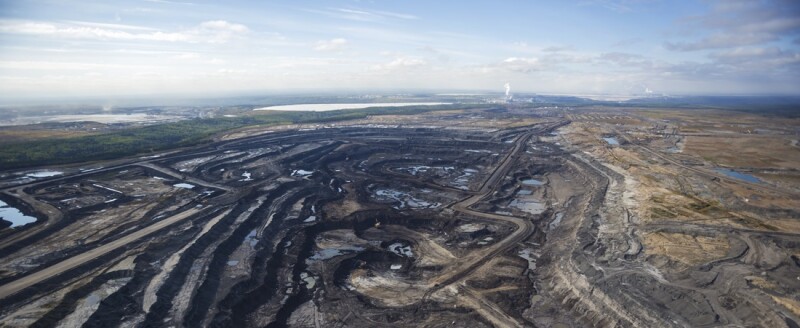Analysis by S&P shows that the annual growth in absolute emissions was less than 1% for the third consecutive year.

Absolute greenhouse gas emissions (GHG) from Canadian oil sands production registered a nominal increase of less than 1% in 2023, even as total production grew, according to a new analysis by S&P Global Commodity Insights. Since 2020, absolute emissions growth from oil sands has slowed to average about 1% per year compared with 5% in the proceeding decade.
The slowdown in absolute emissions growth has occurred even as oil sands production continues to increase. Compared with 2019, absolute emissions were 3% higher (3 million metric tons of carbon dioxide) in 2023. Meanwhile, oil sands production grew by 9% (250,000 B/D) over the same period. By contrast, in the preceding decade (2010–19), absolute emissions increased, on average, by nearly 3 million mtpa carbon dioxide while production grew at an annual average of 200,000 B/D.
“The yearslong trend of declining greenhouse gas intensity, coupled with slower production growth, continues to slow the rise of absolute emissions,” said Kevin Birn, Canadian oil markets chief analyst at S&P Global Commodity Insights. “The fact that the rate of production additions is outstripping emissions growth indicates that the production that is coming forward is of a much lower intensity than the overall average.”
The S&P analysis found that the average GHG intensity of oil sands production fell to 58 kg of carbon dioxide equivalent per barrel (kgCO2e/bbl) in 2023, the most recent year that S&P Global Commodity Insights estimates are available. Since 2009, the average GHG intensity of oil sands production has declined by nearly 28%, or nearly 23 kgCO2e/b of marketable product.
S&P Global Commodity Insights previously noted that the lower pace of absolute emissions growth may indicate oil sands emissions could peak sooner and at a lower level than previously expected. The latest analysis, based on 2023 operations, continues to suggest this could be the case. Nevertheless, absolute emissions are still expected to rise in the near term because of more pronounced production additions expected in the next few years.
“Anticipated production additions are expected to outstrip intensity reductions in the near term, and that means that greater decarbonization efforts from the sector will likely be required to meet the proposed federal oil and gas emissions limit by 2030,” Birn said. “Bringing sufficient carbon and storage capacity online in just a few short years will be a challenge. However, the slower pace of emissions additions could make the proposed 2030 emissions limit more achievable.”